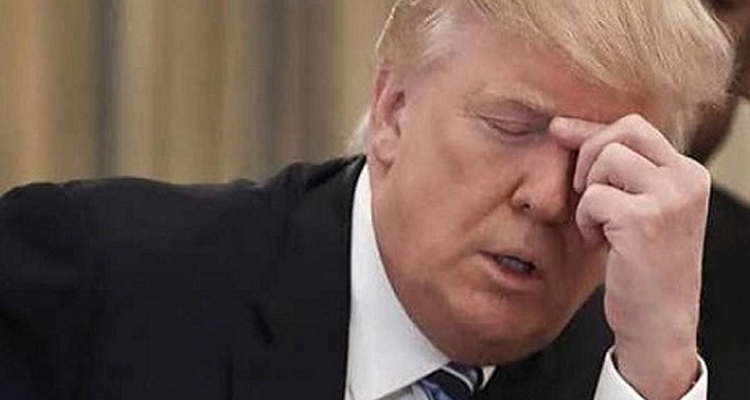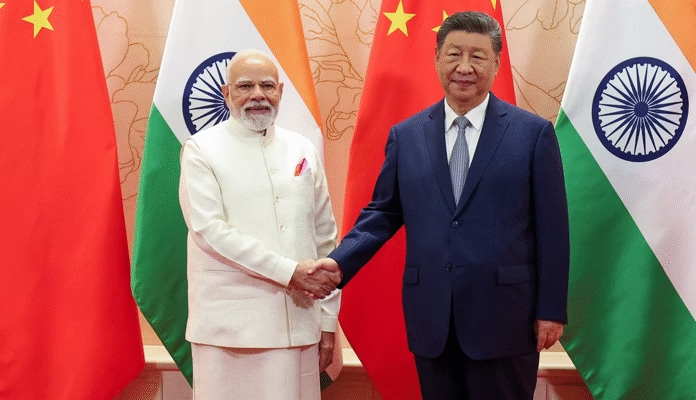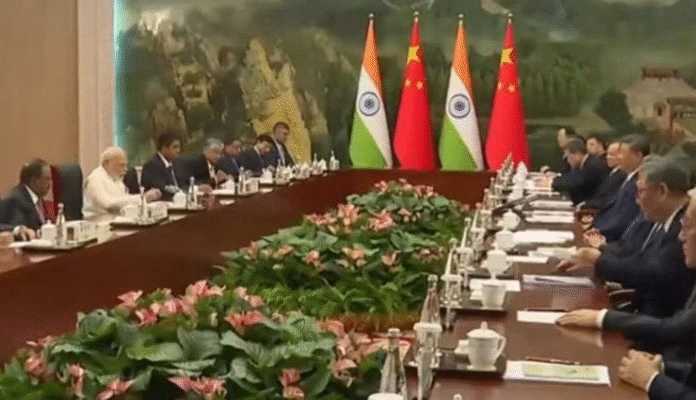
India–China Thaw and Russia Factor Shift Balance at SCO
by Ashis Sinha
News Desk: As leaders gathered in Tianjin for the Shanghai Cooperation Organisation (SCO) Summit, one figure outside the hall is watching nervously—Donald Trump. With Prime Minister Narendra Modi, Chinese President Xi Jinping, and Russian President Vladimir Putin sharing the stage, the summit carries signals that could challenge U.S. leverage in Asia.
India–China Reset Complicates U.S. Pressure
For Trump, timing is everything. Just days after he slapped a 50% tariff on Indian goods, Modi and Xi struck a conciliatory note—talking border peace, direct flights, and long-term trust. A thaw between Delhi and Beijing means Washington’s ability to isolate China—or pressure India into alignment—may weaken.
Multipolar Message from Tianjin
The SCO’s very optics matter: the leaders of Russia, Iran, Central Asia and Turkey rallied around a narrative of a “multipolar world” and stronger Global South solidarity. This messaging directly undercuts America’s claim of economic and security primacy.
Tariffs Push Delhi Toward Hedging
Trump’s tariff escalation and public demands that India reduce its Russian oil purchases are pushing Delhi to hedge harder. The SCO gives India more room to manoeuvre—deepening links with Moscow and keeping Beijing channels open—exactly the kind of balance Washington dislikes.
Energy, Trade & Currency Experiments
India’s continued energy imports from Russia and SCO’s quiet push for non-dollar trade settlements complicate U.S. sanction strategies. A warmer India–China equation could make such alternatives easier to institutionalise.
Why It Matters Now
Modi’s first visit to China in seven years, coupled with a visible de-escalation along the Line of Actual Control, comes just as Trump’s tariff shock rattles New Delhi. The optics from Tianjin suggest India may be recalibrating, leaving Washington more anxious than reassured.
The SCO is not about Trump—but its timing and optics are making him uneasy. If India leans further into multipolar partnerships after the tariff clash, America’s grip on trade and strategy in Asia could loosen dramatically.


